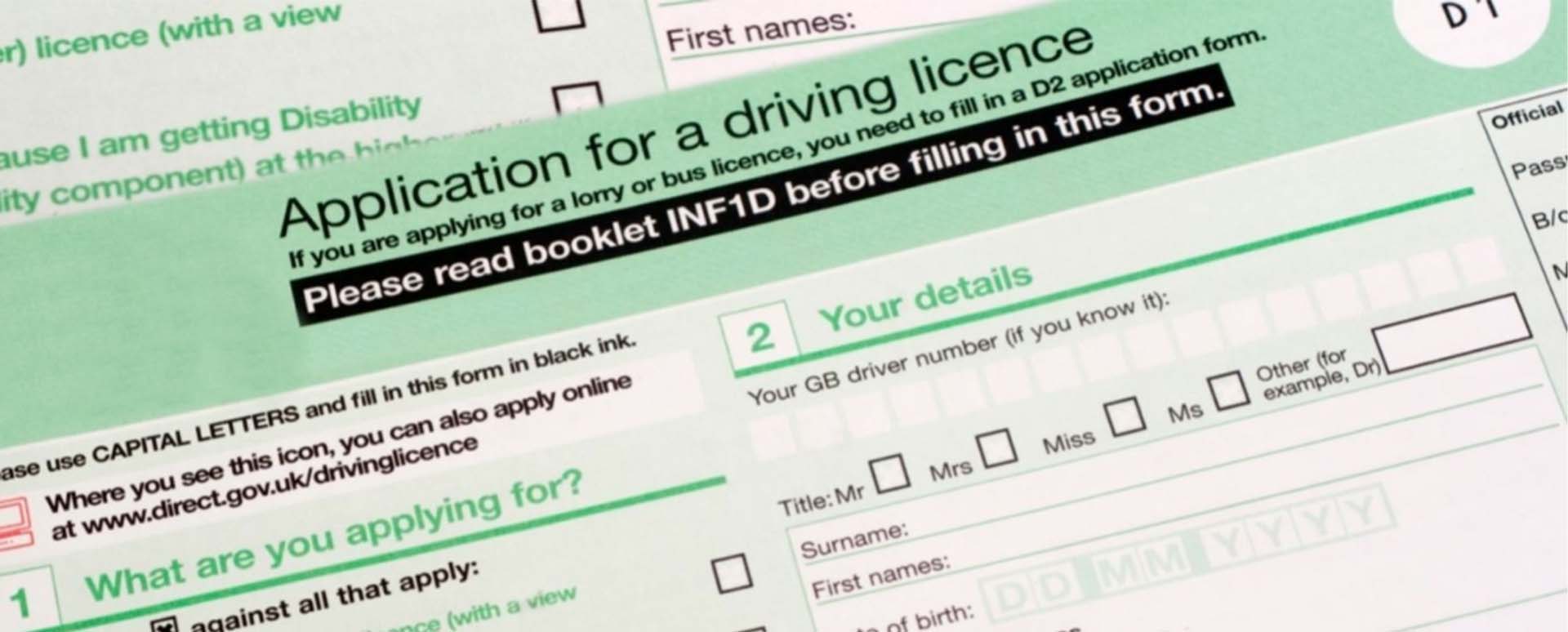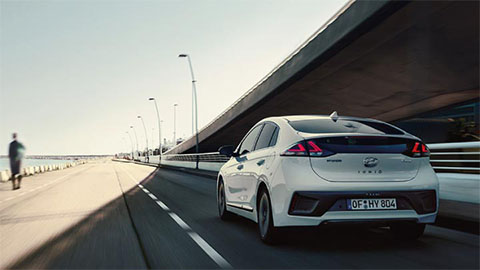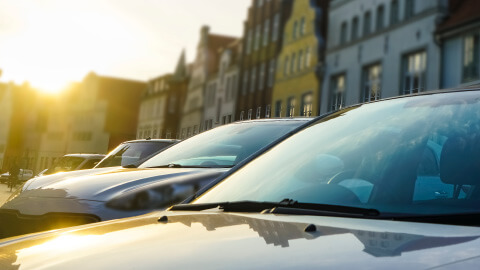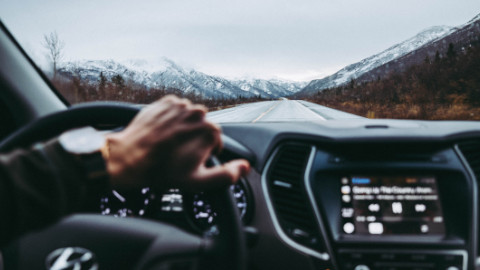Everything you need to know
Once you reach the age of 17 you can apply for your provisional driving licence - you can actually apply 2 months before your 17th birthday but cannot start to drive until the licence arrives. You must apply for your provisional licence before you sit the theory and hazard perception tests.
To be eligible for a provisional driving licence, you need to be a minimum of 17 years of age, have good eyesight with or without glasses - you will be tested on this when you take your driving test - and you must not suffer from certain medical conditions which might prevent you from driving (see Direct.gov.uk for more details).
How to apply for your provisional licence

You can pick up the relevant forms from your local post office, or alternatively you can apply online via direct.gov.uk
You'll need to complete the forms - known as D1 - and also include two passport-sized photographs, which will be used for identification purposes. One photograph is used for your Photocard Licence and the other one is kept on file by the DVLA (Driver and Vehicle Licensing Agency). You must also include the fee for this licence, which currently stands at £50.
You will be required to have someone of a professional nature, such as a doctor, teacher or police officer that knows you, sign the reverse of the photographs to confirm that they are actually photographs of you and that the application is not being made fraudulently. This is common practice, just as it is when applying for a passport, and there is nothing to cause alarm in the procedure. Neighbours who are business owners or teachers or your own doctor will be happy to do this for you; they probably get asked on a regular basis to help with such applications.
How long does it take for my provisional licence to arrive?
Depending on the time of year and how busy the DVLA (Driver and Vehicle Licensing Agency) happen to be at the time of submitting your application, the whole process can take anything from four to six weeks - online applications are quicker and usually take around two weeks. Of course, there may be occasions when the process takes longer, especially if there is an unexpected influx of applications or if you have incorrectly filled out the application forms.
A Driving Instructor will ask you at the commencement of lessons to provide proof of your driving licence.
After your provisional licence arrives
Upon receipt of your provisional driving licence, you can begin taking lessons and should always carry the licence with you when you are driving. Once you hold your provisional licence, it is your responsibility to ensure that any vehicle you drive is roadworthy and has the correct tax and insurance. While you are learning to drive on your provisional licence, you must always be accompanied by another driver, who should be over the age of 21 and hold a full valid driving licence, in the relevant vehicle category. The accompanying driver must have had their full driving licence for a minimum of three years.
'L' Plates
Until you pass your driving test, you should display an 'L' plate on both the front and rear of any vehicle you are driving - in a position where they can be seen clearly. (In Wales, these are 'D' plates). You can buy 'L' plates (usually stickers or magnetic) from any major supermarket or motoring parts/accessories supplier.
Other Vehicles
If you already have a full driving licence and want to Drive Larger Vehicles - or vehicles that your current licence does not cover - then you will need to apply for provisional entitlement to drive those vehicles. You will not have to pay to get this provisional entitlement. To apply for provisional entitlement to drive larger vehicles, you will need to complete application form D2 and medical form D4. The medical form has to be completed by a doctor, and you will normally be charged for this.
Medical conditions and your driving licence

Driving and your health
If you are in any doubt as to your health and its overall effect on your driving, then you should consult your doctor. There are certain medical conditions that can affect your driving or put other road users at risk if unchecked, and they include (among others):
- Poor eyesight
- Diabetes
- Epilepsy
- Heart Problems
- Alcohol, drugs or substance abuse
Eyesight
Your eyesight is the most important tool you have when driving on any road. Not only do you need to have good eyesight to spot oncoming traffic and potential hazards, but you need to be able to read road signs from a distance and also be able to differentiate between the colours on traffic lights.
You should have regular eye tests to ensure that your vision is at the required level to be in charge of a vehicle. This level is tested when you take your driving test.
The current requirements are to be able to read a number plate from a distance of:
- 20m for new-style number plate
- 20.5m for old-style number plates
Diabetes
Depending on the type of diabetes and the treatment you receive, you may have to tell the DVLA about it:
- If you have diabetes which you control by diet, and you want to drive on a standard car licence, you will not usually need to tell the DVLA
- If your diabetes is controlled by insulin injections, you need to tell the DVLA. You can complete the medical form DIAB1to do this
- If you have diabetes and are on tablets for it, then again you need to tell the DVLA
Epilepsy
Many epileptics do drive, but only after their doctor has given them the go-ahead. If you suffer from epilepsy you should consult your doctor who will, in accordance with DVLA regulations, determine your fitness to drive, perhaps under controlled medication.
Heart Problems
Problems such as angina, tachycardia or a narrowing of the arteries must all be declared, and you must get clearance to drive from your doctor.
Losing a Limb
People can still drive after losing a limb; again, it's something that the DVLA need to be aware of. If you are driving after losing a limb – or having lost the use of a limb – you may have to have your vehicle modified, in which case you must inform your insurance company.
Surrendering Your Licence
If you have been diagnosed with any of the above conditions and have your doctor has told you that you should not drive - then you will need to Surrender your Licence to the DVLA (Driver and Vehicle Licensing Agency).
Failing to surrender your licence in the knowledge that you suffer from a condition that makes it difficult for you to drive is an offence.
The DVLA (Driver and Vehicle Licensing Agency) is legally entitled to consult your doctor about your health before issuing you with a licence – or if your licence has come up for renewal – and if it is found that you have not disclosed any information regarding your health which may have prevented the issue of a licence then your licence will be revoked.
You can download the required paperwork from the DVLA website should you wish to surrender your licence – or it can be picked up from any local DVLA office.
What do I do if my driving license has expired?

It is important to know when your driving licence expiry date is (or was), as it is illegal to drive without a valid licence. Although the DVLA may send renewal reminders prior to the expiry date, it is your responsibility to make sure that your licence is up-to-date, including getting renewal forms if necessary.
Driving without a valid driving licence can result in a fine of up to £1,000, and between three and six penalty points on your licence. Your car can also be seized. Vehicles of persistent offenders can be crushed/disposed of by the police.
Renewing a driving licence is free, unless you have been disqualified. You can renew your driving licence at 70 plus online at the DVLA website, or using the D46P application form. For medical renewals, you need to get the D42 or D48 application forms.
How do I know if my photo licence has expired?

To check the status of your photo driving licence, the front of the card shows the expiry date of the photo license (marked 4b). The DVLA will send a renewal application pack before the photo needs to be renewed. Renewing the photo licence is usually £20. Your new licence should be sent back to you within three weeks, although it may take longer than this if medical and personal details need to be verified.
As long as you have previously held a UK driving licence and are not likely to have your renewal rejected for medical reasons, it should be fine for you to drive while you await your new licence.
It may seem confusing to people looking to renew their photo licence, as on the DVLA's D1 form it does not mention renewing the licence. What you are really doing is renewing the photo on the licence as this is what expires.
Is it compulsory to have a photo driving licence?

Paper driving licences are no longer issued as new or replacement driving licences after the European Union ruled that all driving licences should be in the form of a photocard driving licence that features a photograph of the licence holder and his or her signature. Whilst the government advice is to exchange your paper licence for a photocard one, if your paper licence has not expired, it should accepted throughout the EU (for example if you need to hire a car).
Applying for a photocard driving licence
You can find the D1 application form at many Post Office branches, or alternatively it is available from the DVLA form ordering service (which you can find details of on the DVLA website). If you choose this option, you will need to provide evidence of your identity and a passport photograph of yourself, along with the fee of £20.00. These documents should be sent to the DVLA address in Swansea or via the premium checking services that can be found at local DVLA offices and certain Post Office branches.
If you prefer to Apply for Your Photocard Driving Licence online, you can do so on the DVLA website by downloading the application form. This option requires you to be able to pay the £20.00 fee by credit/debit card. You do not need to send a passport photograph if you apply online, as the DVLA uses the Identity and Passport Service to do so. If this is not possible though, you will need to apply by post or in person (see the above paragraph) instead and provide the relevant documentation. You will need your passport number handy during the application process, as this is used as confirmation of your identity.










